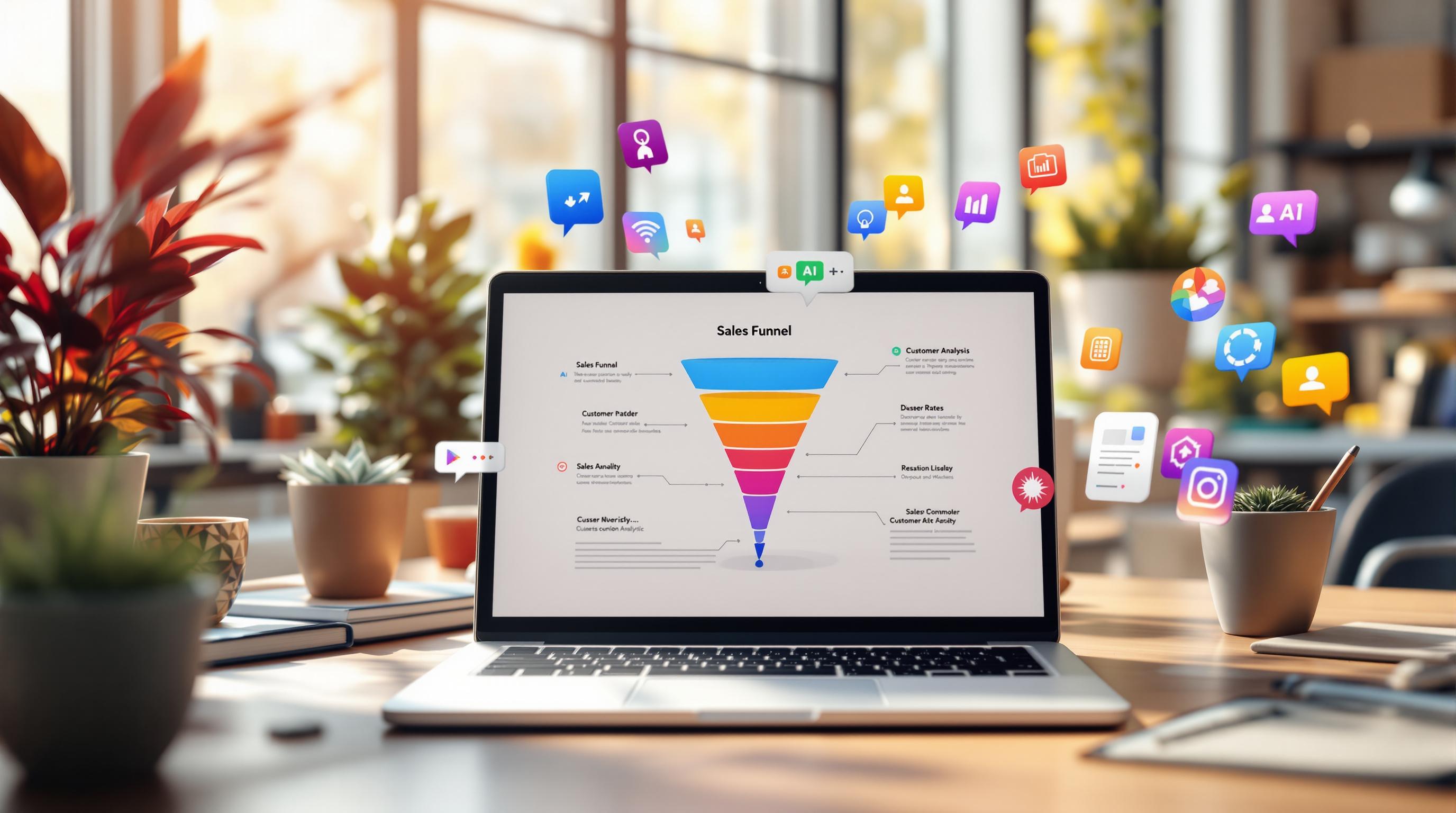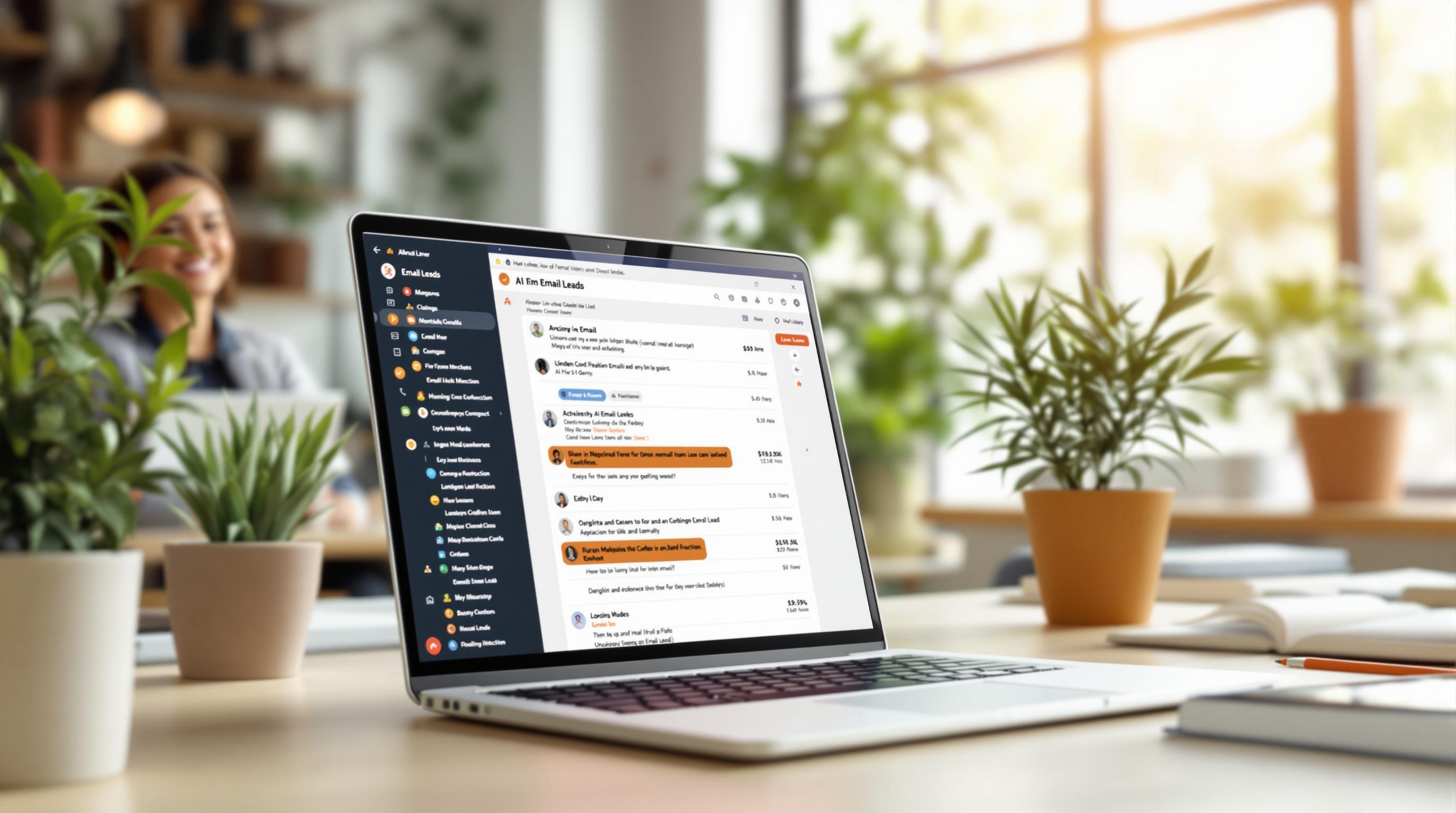Setting up GDPR-compliant opt-ins ensures you collect and manage user data responsibly while avoiding legal risks. Here’s what you need to know:
- Consent Must Be Clear and Active: Use unticked boxes and straightforward language like "I agree to receive marketing emails."
- Transparency Is Key: Clearly explain why you’re collecting data, how it will be used, and for how long.
- Easy Withdrawal: Make it simple for users to withdraw consent, like adding one-click unsubscribe links.
- Double Opt-In Recommended: Confirm users' consent through a follow-up email to ensure accuracy.
- Keep Consent Records: Document when, how, and what users agreed to for compliance tracking.
GDPR Rules for Opt-In Processes
Getting Clear and Informed Consent
Under GDPR, consent must be "freely given, specific, informed, and unambiguous" [1]. This means your language needs to be straightforward and easy to understand.
For example, skip the legalese like "irrevocable permission." Instead, use simple phrases like: "By ticking this box, you agree to receive our newsletter."
Requiring Active Opt-In
GDPR bans passive consent methods like pre-ticked boxes, implied consent, or silence [1][2]. Users must actively indicate their agreement.
| Non-Compliant | GDPR-Compliant |
|---|---|
| Pre-ticked boxes or bundled consent | Unticked boxes with separate consent choices |
| “By using this site, you agree…” | Clear opt-in buttons with specific consent options |
Being Transparent About Data Use
Your opt-in process must explain:
- Why you're collecting the data
- How long you'll keep it
- Any third parties who might access the data
- What rights users have regarding their information
Allowing Consent to Be Withdrawn
Make withdrawing consent as simple as opting in. Tools like MailerLite and ActiveCampaign offer one-click unsubscribe buttons, setting a great example [3][4]. Withdrawal options should be:
- Easy to find
- Free of charge
- Just as simple as the opt-in process
- Effective immediately
Using GDPR-compliant tools for tracking and managing consent ensures you stay on the right side of the law.
Next, let’s look at practical ways to implement these rules in your opt-in forms.
Steps to Create GDPR-Compliant Opt-In Forms
Creating opt-in forms that meet GDPR standards requires attention to detail and clear communication. Here's how to get it right:
Write Clear and Simple Text
Avoid confusing or vague language. Be transparent about how you'll use user data. For example, instead of saying, "We may use your data for various purposes", try something straightforward like, "We'll use your email to send product updates twice a month."
| Element | Non-Compliant Example | GDPR-Compliant Example |
|---|---|---|
| Purpose Statement | "By submitting, you agree to our terms" | "I agree to receive monthly newsletters about marketing tips" |
| Data Usage | "We may use your data for various purposes" | "We'll use your email to send you product updates twice a month" |
| Consent Request | "Check here to opt-out" | "Yes, I want to receive marketing emails from [Company Name]" |
Add Links to Privacy Policies
Your form should include a link to your privacy policy that's easy to find. This not only ensures compliance but also builds trust by showing users exactly how their data will be handled.
Keep Records of Consent
Maintaining detailed records of user consent is essential. Track information such as the user's identity (email or username), the date and time of consent, what they agreed to, the version of the privacy policy they accepted, and how consent was given (e.g., through form submission).
Once you've recorded consent, make sure to clearly communicate how the collected data will be used.
Explain How Data Will Be Used
Be upfront about how you plan to process user data. Give users all the details they need to make an informed decision.
| Purpose | Required Information |
|---|---|
| Newsletter Subscription | Frequency of emails, type of content |
| Product Updates | Nature of updates, delivery schedule |
| Marketing Communications | Types of promotions, communication channels |
Tips for Staying GDPR-Compliant
Staying on top of GDPR compliance means paying close attention to user privacy and ensuring your processes meet all regulatory requirements. Here are some actionable tips to keep your opt-in practices compliant and user-friendly.
Use Double Opt-In
Double opt-in helps confirm valid consent, ensures accurate data, and maintains a clean subscriber list. Here's how it works:
| Step | Purpose | Best Practice |
|---|---|---|
| Sign-up | Collect user information | Show a clear consent message explaining the purpose |
| Email Confirmation | Verify user intent | Send confirmation immediately after sign-up |
| Verification Link | Complete registration | Make the link stand out and easy to click |
| Record Keeping | Document consent | Save timestamps and verification details |
For example, use straightforward language in your confirmation emails, such as: "Click this link to confirm your subscription: [link]" [1].
Avoid Using Pre-Ticked Boxes
Pre-ticked boxes are a no-go under GDPR. Instead, follow these practices:
- Use unticked checkboxes for every consent purpose.
- Keep marketing consent separate from service-related communications.
- Let users choose independently for different types of communications.
"Consent must be given freely, without any pressure or feeling of compulsion." - Transcend.io [6]
Make Consent Easy to Withdraw
Simplifying the withdrawal process is just as important as gaining consent. Here's how you can make it easy:
| Withdrawal Method | Implementation | User Benefit |
|---|---|---|
| Unsubscribe Link | Add to every email | One-click option to opt-out |
| Account Settings | Include a privacy section | Manage all consent settings in one place |
| Support Contact | Provide clear instructions | Offer direct help when needed |
Always include clear instructions in your privacy notices. For example, add text like: "You can withdraw your consent at any time by clicking on the unsubscribe link in our emails" [5].
sbb-itb-8abf799
Tools to Help with GDPR Compliance
Navigating GDPR-compliant opt-ins can be tricky, but the right tools can make it easier. Many modern solutions help automate consent tracking and manage data efficiently, saving time and reducing errors.
| Tool Category | Key Features | How It Helps with Compliance |
|---|---|---|
| Consent Management | Customizable forms, Consent tracking | Keeps clear records of user permissions |
| Data Processing | Automated workflows, Data organization | Ensures well-structured record-keeping |
| Privacy Management | Policy integration, Withdrawal options | Promotes transparent data handling |
Email Extractor Tool - Extract Emails with AI Automation

Building email lists while staying GDPR-compliant? AI-powered tools like the Email Extractor Tool can simplify the process. This tool works seamlessly with consent management systems to ensure:
- Automated Consent Tracking: Tracks user consent automatically through integrations.
- Organized Record-Keeping: Maintains systematic documentation of consent and data usage.
- Privacy-Focused Features: Includes built-in tools to meet GDPR standards.
For GDPR-compliant email extraction, consider these best practices:
| Compliance Aspect | How to Implement |
|---|---|
| Consent Verification | Use a double opt-in process with proper documentation. |
| Data Transparency | Provide clear privacy policies and explain data usage. |
| Processing Records | Automate consent tracking and allow easy withdrawals. |
While automation tools can improve efficiency, it's crucial to ensure they follow GDPR rules around transparency and consent. Using tools specifically designed for GDPR compliance can help businesses simplify their processes while maintaining trust with their audience.
Conclusion: Key Points on GDPR Opt-Ins
Businesses can simplify GDPR compliance and respect user rights by using the right tools and clear practices. Achieving compliance means securing explicit consent through straightforward and transparent methods that focus on user privacy.
Here are the three main areas to focus on for effective GDPR compliance:
| Area of Focus | Key Requirements | How to Approach It |
|---|---|---|
| User Consent | Clear, specific, and informed | Use plain language; get separate consent for each purpose |
| Data Transparency | Explain how data is used | Share privacy policies; be clear about data retention |
| User Control | Allow easy withdrawal of consent | Provide simple opt-out options; keep detailed consent records |
To stay compliant, businesses should use consent management tools and automation to handle records efficiently. Regularly review consent processes to ensure they align with regulations and adapt to any updates or user expectations.
Steps to Maintain Compliance:
- Build forms that are easy to understand and encourage active consent.
- Keep consent records accurate and up to date.
- Document all data processing activities clearly.
- Make privacy policies and opt-out options easily accessible.
Implementing GDPR-compliant opt-ins not only meets regulatory requirements but also builds trust with customers. While data protection rules may change, focusing on transparency and giving users control will always be key. By embedding these principles into your opt-in processes, you can meet GDPR standards and strengthen customer relationships.
FAQs
How do I write a GDPR consent form?
Creating a GDPR consent form requires clear communication and giving users control over their data. Here's what to include:
| Component | What to Include | Example |
|---|---|---|
| Purpose Statement | Explain why the data is being collected | "We collect your email address to send you our monthly newsletter with marketing updates." |
| Data Specification | Specify the personal data being collected | "Name, email address, company role." |
| Usage Details | Describe how the data will be used | "Your data will be stored on secure servers and used only for sending newsletters." |
| Withdrawal Rights | Explain how users can withdraw their consent | "You can withdraw consent anytime by clicking 'unsubscribe' in our emails." |
When designing a GDPR-compliant consent form, keep these tips in mind:
- Use Simple Language: Ensure all terms are easy to understand and visible before users give their consent. Avoid legal jargon.
- Request Separate Permissions: Make sure users give specific consent for different purposes. Don’t bundle multiple permissions together.
- Enable Double Opt-in: Send a confirmation email to verify consent, creating a clear record of user intent [1].
- Keep Records of Consent: Document when and how consent was given, including any verification details.
- Provide Easy Access to Privacy Policies: Include a direct link to your privacy policy so users can review it before agreeing [3].



